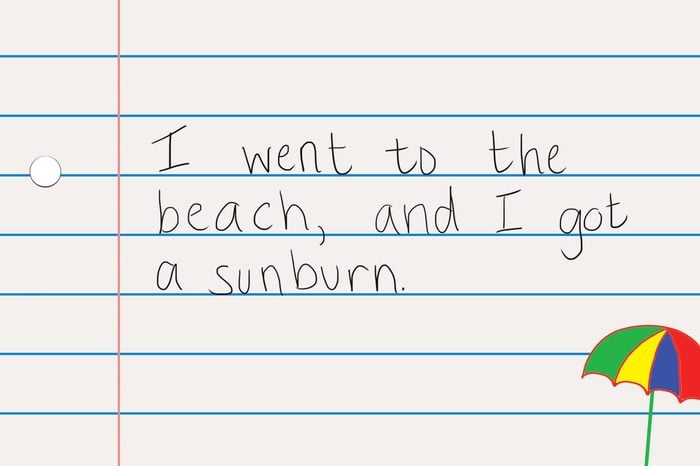
Use a comma before a coordinating conjunction that links two independent clauses
Example: I went to the beach, and I got a sunburn.
The two independent clauses in this sentence are “I went to the beach” and “I got a sunburn.” The coordinating conjunction is “and.” Other coordinating conjunctions can be: but, for, or, nor, so, yet, and. After you memorize these comma rules, brush up on these grammar rules that will make you sound smart.
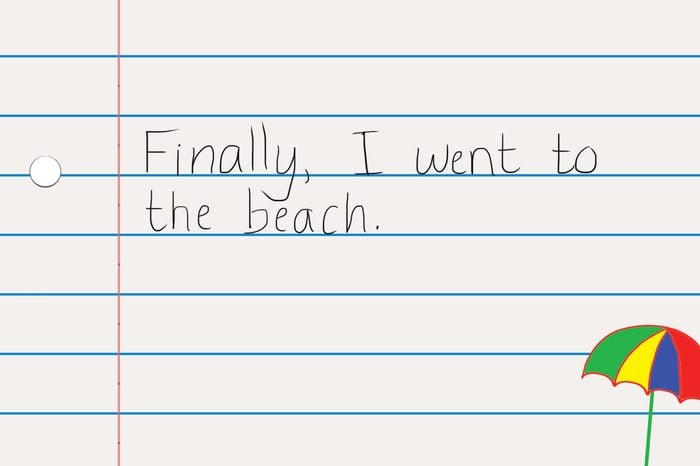
Use commas after introductory words
Example: Finally, I went to the beach.
It’s common to use adverbs to start a sentence. Always add a comma after adverbs that end in “ly.” Other introductory words or phrases that require a comma after them include “however,” “on the other hand,” and “furthermore.”
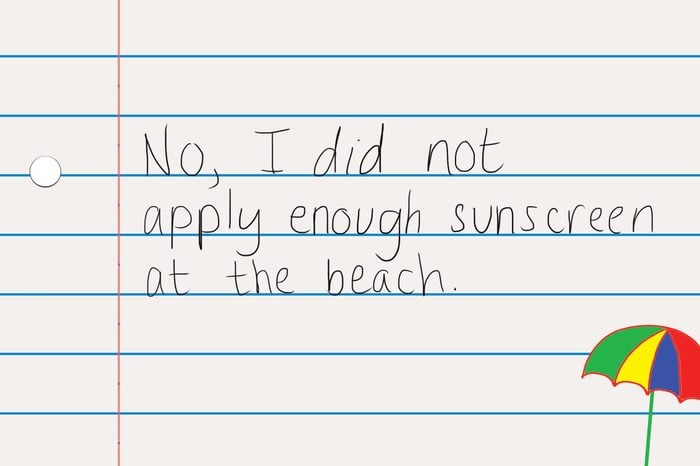
Use a comma when the sentence begins with “Yes” or “No”
Example: No, I did not apply enough sunscreen at the beach.
A clue that lets you know that a comma is necessary is that the “Yes” or “No” could be a sentence of their own. Watch out for these punctuation mistakes that even smart people make.
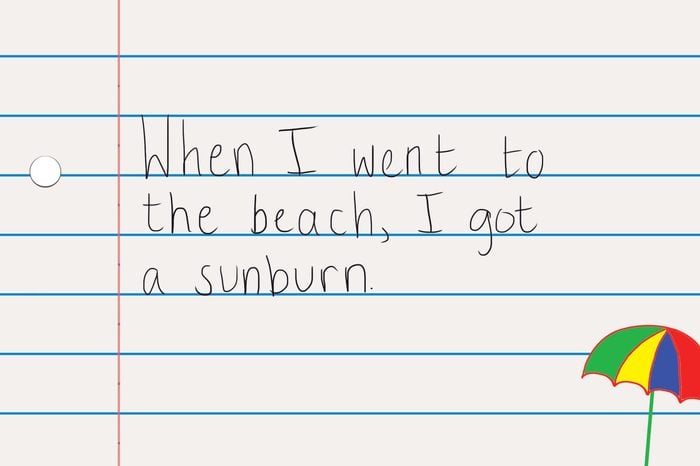
Use a comma after a dependent clause at the beginning of a sentence
Example: When I went to the beach, I got a sunburn.
The dependent clause in this sentence is, “When I went to the beach.” It contains a subject and verb but it can’t stand on its own, therefore a comma comes after it.
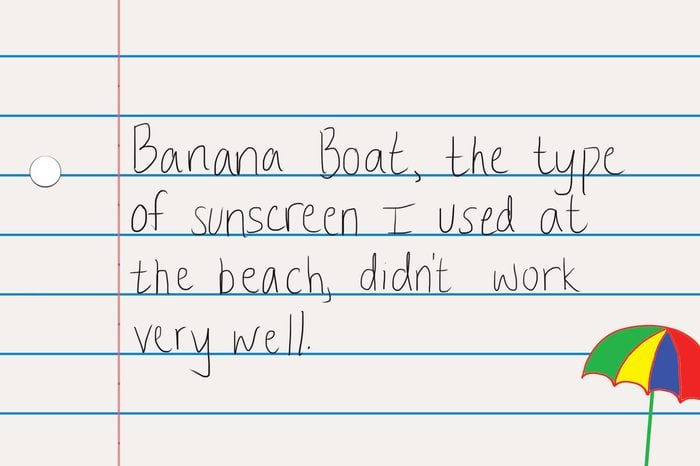
Use commas to offset appositives
Example: Banana Boat, the type of sunscreen I used at the beach, didn’t work very well.
Appositives give more information about something. In this case, they describe what Banana Boat is. Since it’s in the middle of the sentence, both sides of the appositive need a comma.
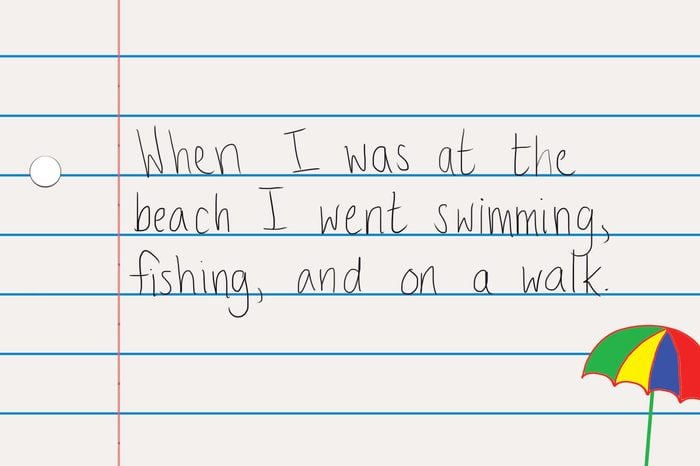
Use commas to separate items
Example: When I was at the beach I went swimming, fishing, and on a walk.
This is one of the comma rules that can cause some controversy. Some people argue that the last comma before the word “and,” also known as an Oxford comma, is unnecessary.
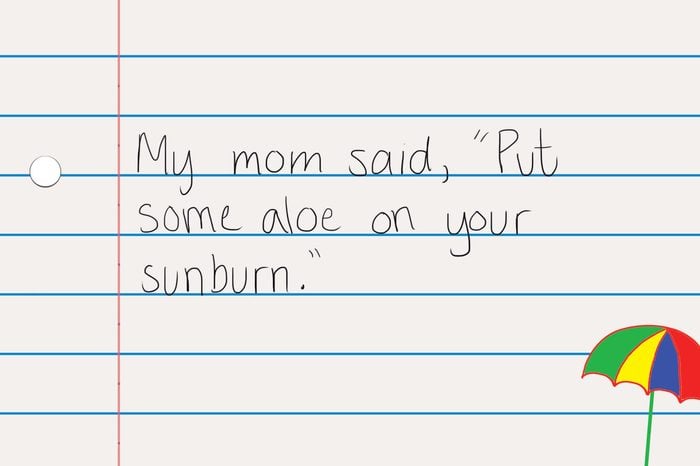
Use a comma before or after quotes
Example: My mom said, “Put some aloe on your sunburn.”
If the attribution comes after the quote, then place the comma inside the quotation marks at the end. For example: “Put some aloe on your sunburn,” said my mom.
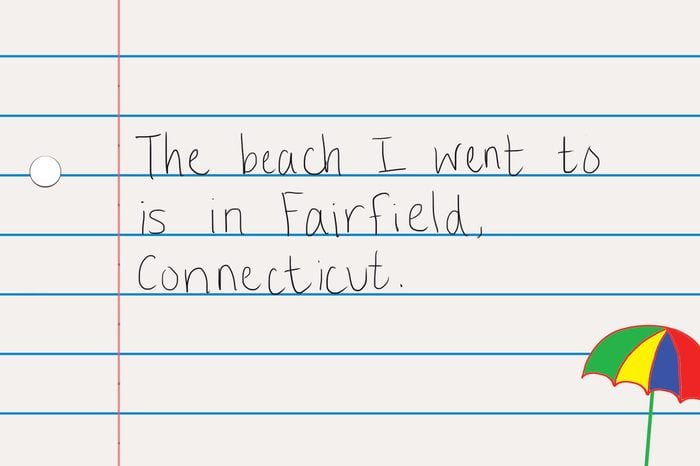
Use a comma between a city and state
Example: The beach I went to is in Fairfield, Connecticut.
Also, use commas to separate each element in an address. For example: “The address of the beach is 880 South Benson Road, Fairfield, Connecticut 06824.”
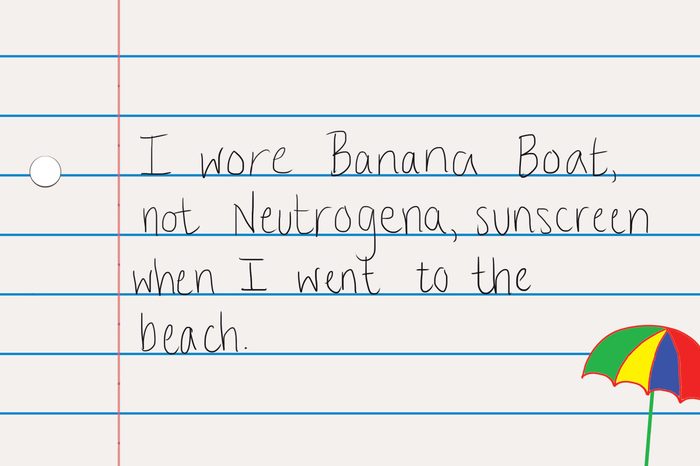
Use a comma to separate negation in a sentence
Example: I wore Banana Boat, not Neutrogena, sunscreen when I went to the beach.
If the negation occurs at the end of the sentence, you still need to separate it with a comma.
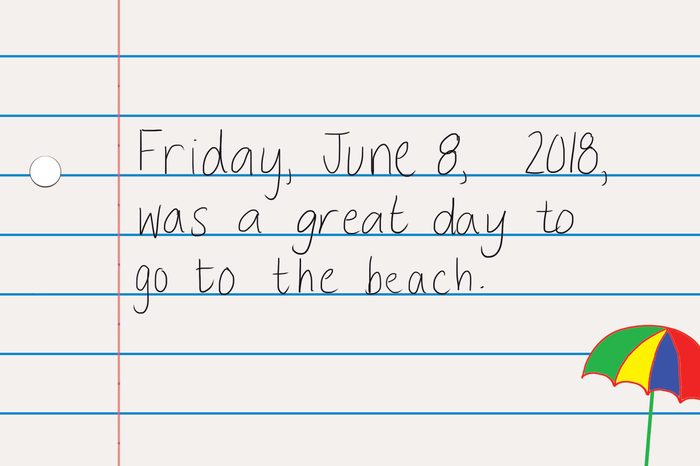
Use a comma to separate the elements in a full date (weekday, month and day, year)
Example: Friday, June 8, 2018, was a great day to go to the beach.
Don’t forget to also add a comma after the date to separate it from the rest of the sentence. If just the month and year are mentioned in the sentence there does not need to be a comma.
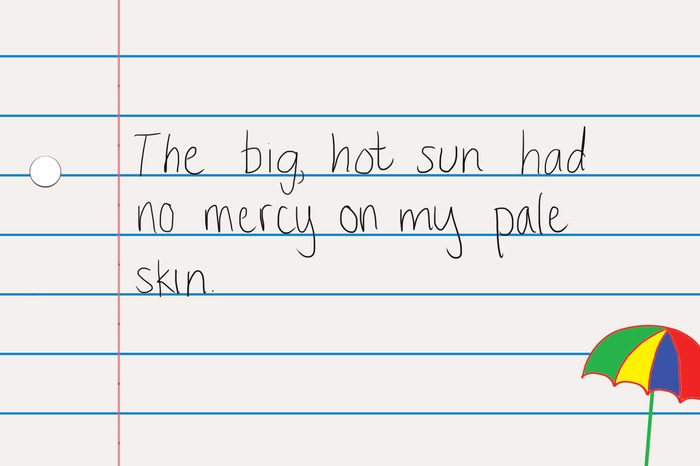
Use a comma between two adjectives that modify the same noun
Example: The big, hot sun had no mercy on my pale skin.
When the two adjectives are coordinate adjectives—meaning they can be reversed or the word “and” can be added between them and the sentence will still make sense—a comma must separate them.
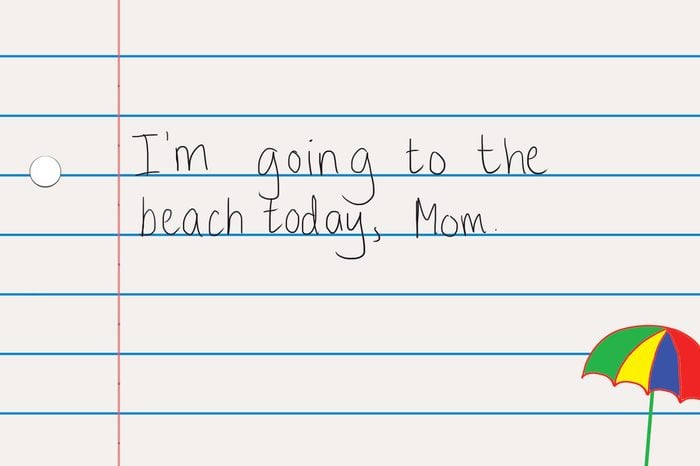
Use a comma for direct address
Example: I’m going to the beach today, Mom.
Always use a comma before directly addressing someone or something in a sentence.
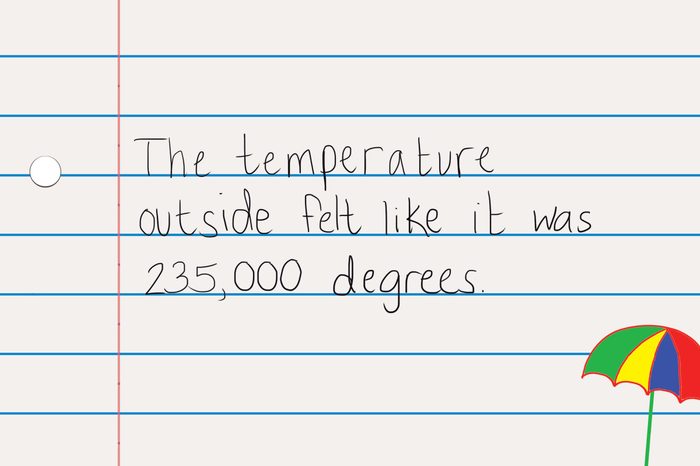
Use a comma before every sequence of three numbers
Example: The temperature outside felt like it was 235,000 degrees.
This rule does not apply to house numbers or years. Now, make sure you never, ever say these words and phrases that make you sound stupid.
